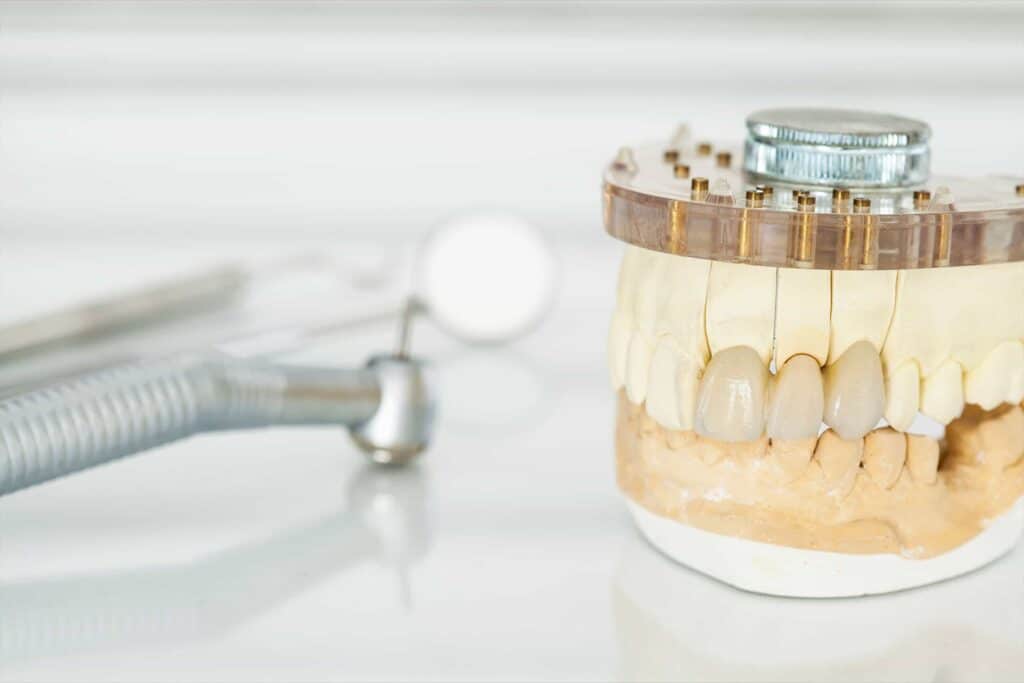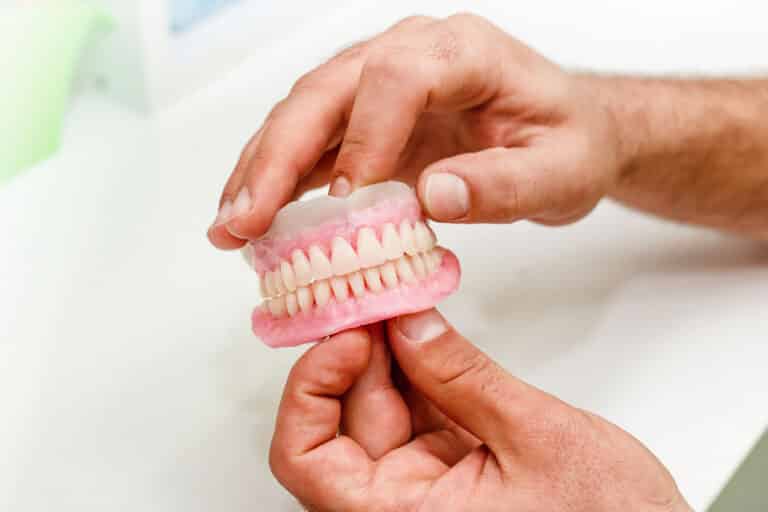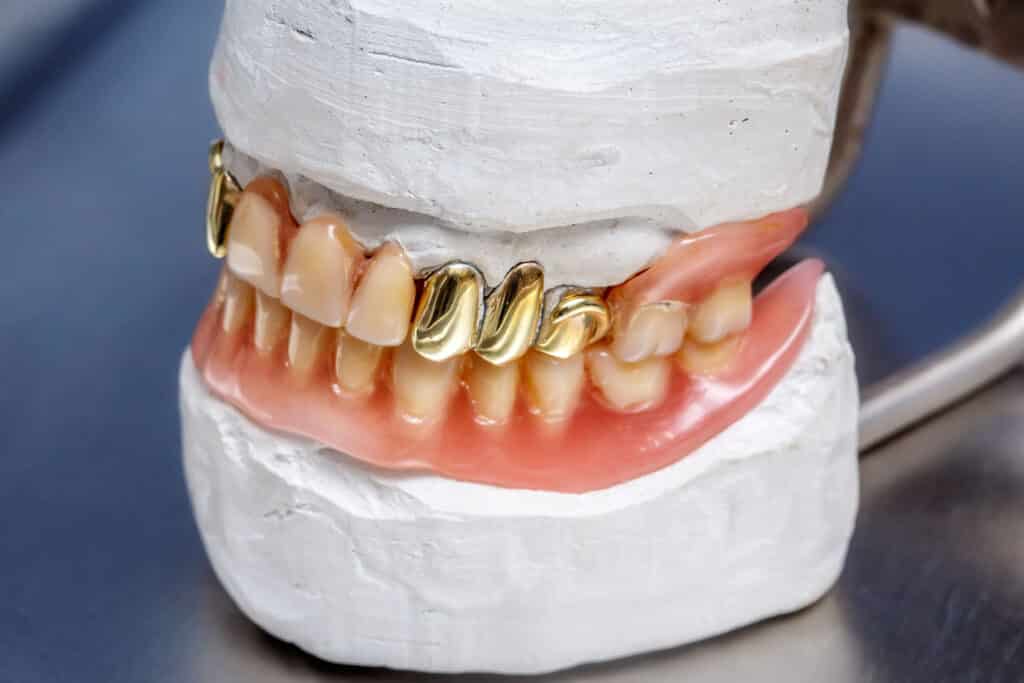Scaling and root planing, commonly known as a deep cleaning, represents a vital procedure in periodontal therapy and is considered the gold standard for periodontal disease. This treatment effectively removes plaque, tartar, and bacterial toxins from below the gum line, allowing for better gum tissue health and averting further damage and bone loss. After having this procedure, following these post-operative instructions helps ensure optimal healing and prevents complications.
Medications
Always consult your doctor before taking any pain medication. Ideally you would take any pain medication, over the counter or prescription, before the numbness wears off. For detailed instructions on medications, please refer to our medication instructions.
If no prescription medication was given, and you are healthy enough to take over-the-counter pain relievers such as ibuprofen or acetaminophen, you can use them to manage pain. Take the pain medication with soft food.
Things To Do
Refrain from Eating:
Wait until the numbness wears off before eating to avoid accidentally biting your cheeks, lips, or tongue.
Stick to Soft Foods:
For the first 2-3 days, eat soft foods like yogurt, soups, mashed potatoes, and scrambled eggs. Avoid spicy foods, hard foods, or foods with seeds as they may irritate the treated areas.
Rinse with Saltwater:
Gently rinse your mouth with a warm saltwater solution. We define a gentle rinse as slowly rolling your head around and not vigorously swishing.
Maintain Oral Hygiene:
Continue brushing your teeth gently with a soft-bristled toothbrush. However, avoid flossing the treated areas for the first couple of days to prevent injury to the sensitive gums.
Limit Physical Activity:
Reduce your physical activity for the first 24 hours to minimize bleeding.
Avoid Alcohol and Tobacco:
Avoid both alcohol and tobacco as they delay healing. Refrain from consuming them for at least 48 hours after the deep cleaning.
Use a Cold Compress:
Apply a cold compress to the outside of the face in the treated area to manage any excess swelling. Use a barrier between the cold and your skin. Place the compress for 10 minutes then remove for 10 minutes, repeating as necessary. This is often not needed.
Check for Persistent Bleeding:
Minimal bleeding after the procedure is normal. Although uncommon, if it persists, apply gentle pressure using a moistened tea bag for about 20 minutes.
Follow-Up:
Schedule a follow-up visit with your dentist to assess healing and ensure no complications have arisen.





